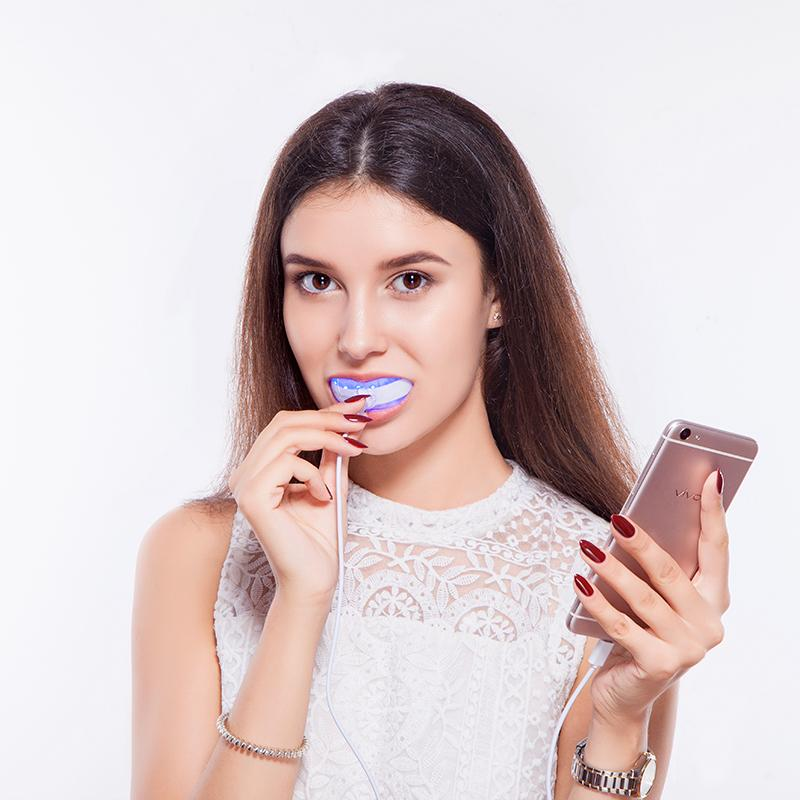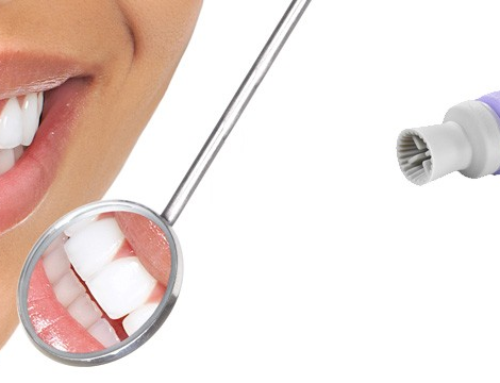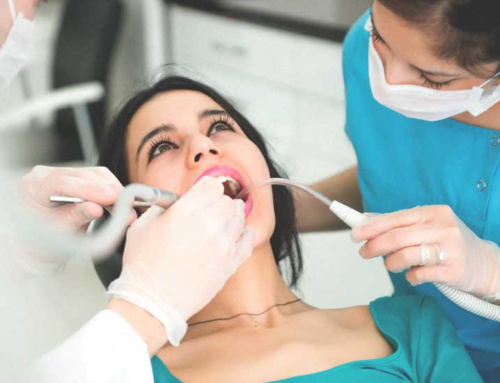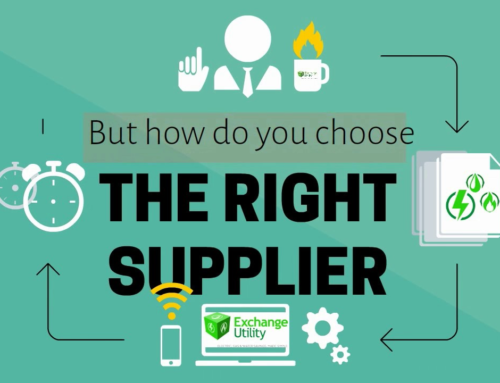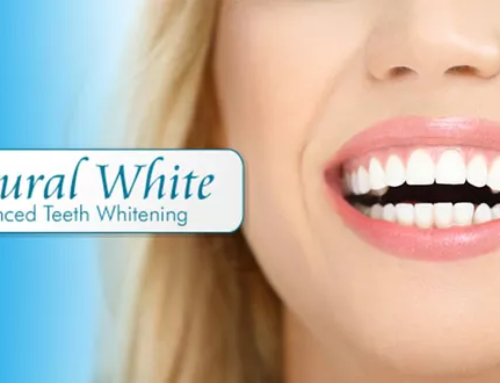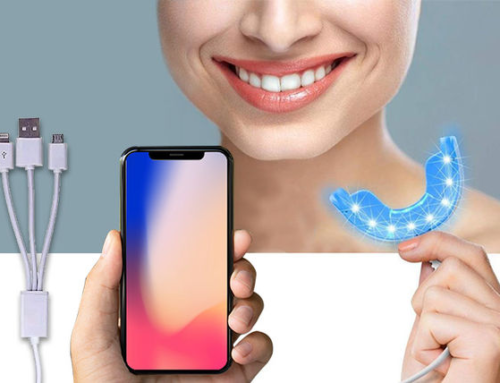How to understand teeth whitening technology?
Attachment: The most valuable home teeth whitening kit
In general, patients need pearl white teeth because tooth color is one of the most important determinants of patient satisfaction. White teeth are associated with social skills, intelligence, successful relationships, and even psychological stability. More and more people are choosing to use the LED tooth whitening kit to treat themselves in their comfortable home. To help you determine when LED teeth whitening is right for you, we will discuss how LED teeth whiten teeth.
Yellowing of the teeth is an unfortunate aging fact, coupled with many different lifestyle factors such as smoking and drinking. Many people are now turning to tooth whitening methods to restore their pearl white. Office teeth whitening and beauty laser tooth whitening have good results, but can be very expensive. Dentists have been exposed to several dental bleaching techniques, products, and brands, and over the past two decades, devices for photoactivated peroxides have become widely available. Today, the technology is also subject to change based on the effectiveness of different light sources for peroxide activation and its relationship to the satisfactory end result of the technology.
The characteristics of the teeth whitening instrument and the whitening gel
1. the teeth whitening instrument
– Connected head
a. Connected to the main body is Android (conventional)
b. Adapters are Apple, TYPE-C, and USB, which meet more than 90% of the devices on the market.
– Wire
a. Material: TPE
b. Feel soft and experience
c. After testing the wire, such as rocking and bending
– Mouthpiece
a. Material: TPE
b. High transparency
c. EU CE and FDA approved
d. Waterproof
e. No smell
f. Comfortable to use
– light source
a. Wavelength
b. Light color
c. Number of lamps
d. Lamp arrangement
e. Lamp characteristics (high-temperature resistance, wafer import / non-import)
f. SMT process
g. Continuous high temperature during use
The main component is hydrogen peroxide or urea peroxide (and finally hydrogen peroxide is decomposed)
The concentration of hydrogen peroxide directly affects the whitening effect
According to national laws and regulations, the concentration of hydrogen peroxide contained in the gel is different.
Factors affecting the interaction between the teeth whitening instrument and the whitening gel
1) the pH of the whitening,
2) The method of use and the thickness of the whitening on the enamel,
3) fluctuations in the illumination,
4) the length of light activation,
5) tooth size,
6) Selective absorption of radiation wavelength
Yellowing process and the whitening principle of the teeth whitening instrument and the whitening gel
1. Yellowing process
a. Internal: Change the color of your teeth. For example: as your age, the teeth become thinner and the color of the teeth themselves. A whitening enamel consisting of one or more unusual stains that maximize its original color and translucency.
b. Exterior: Remove stains from the tooth surface, such as diet, alcohol, smoking, etc.
Each tooth consists of an inner dentin layer and a hard outer enamel layer that protects the teeth. When you put things in your mouth – food, cigarette smoke, coffee, etc. – another layer is formed on top of the enamel layer. Basically, foreign matter accumulates to form a film on the enamel layer.
The dentist can remove the film by scratching and chemical treatment. Even if you brush your teeth, you can remove some teeth – brush your teeth with a scrub to clean your teeth with a mat. “Whitening Toothpaste” aims to work harder on this level.
The problem is that when this film layer stays on your teeth for years and years, foreign matter enters the enamel. The enamel layer consists of hydroxyapatite crystals forming a microscopic hexagonal “stick”. In short, the enamel is porous, which means that the stain can go down into the teeth, where you can’t simply wash them away. Deeper stains are basically harmless, but many people find them unattractive.
This is where real tooth whitening agents come in. Basically, the whitening agent uses bleaching chemicals to enter the enamel and initiate a chemical reaction (especially an oxidation reaction) to decompose the dye compound.
Most tooth whitening agents use one of two chemical agents: urea peroxide or hydrogen peroxide. When used in the mouth, the urea peroxide decomposes into hydrogen peroxide and urea, which is an active whitening component.
2. Principle of action
a. Principle of the whitening gel
Hydrogen peroxide is an oxidant capable of generating free radicals (H2O + O2), which are highly reactive; in the pure water state, hydrogen peroxide is slightly acidic. The result is that peroxide (HO2) is the most effective free radical. In order to promote the formation of ion per hydroxy groups, hydrogen peroxide needs to become alkaline; the optimum pH for this is 9.5 to 10. In the ionization of hydrogen peroxide by this pH buffer, a large amount of H 2 O total hydroxyl radicals were found, which resulted in a higher bleaching effect in s.
When hydrogen peroxide diffuses into the teeth, hydrogen peroxide acts as an oxidant, decomposing to produce unstable free radicals. In the space between the inorganic salts in the enamel, these unstable free radicals adhere to the organic pigment molecules, resulting in less color, less pigmented components, less light, and these smaller molecules produce ” Whitening effect”
b. Principle of the teeth whitening instrument
LEDs represent light emitting diodes. It is a device that emits visible light when current is supplied. Usually, the light is a single color and can be anywhere between red and blue-violet on the visible scale. LED lights can be very intense and are usually brighter than halogen or incandescent lamps. They are also cooler because they have a very efficient heat sink design.
LED lights do not require much power, but are highly efficient and last longer, especially when compared to other light sources. They do not have a warm-up time, so they open immediately at the highest intensity. They are a form of visible light, so they are not ionizing radiation, which means they do not cause cell mutations and therefore do not cause cancer. It is a safer alternative to UV light and can be used in tooth whitening procedures.
LED lights are used with tooth whitening agents. If used alone, light does not change the color of the teeth. However, when used with a whitening agent, it acts as a catalyst to accelerate the reaction. The agent is usually hydrogen peroxide or urea peroxide, which are all active ingredients. For example, urea peroxide is a slow acting bleaching agent that reacts when applied to teeth and decomposes into hydrogen peroxide and urea. Urea is a waste, but hydrogen peroxide removes surface stains and deeper discoloration by changing its chemical structure.
Does the teeth whitening instrument accelerate tooth whitening?
Yes, an article published in the Open Dental Journal found that light can speed up the whitening process and is supported by many other studies. This is especially the case when LED activator lamps are used with carbamide peroxide based brightener gels. In the past, UV light has been used as a catalyst to speed up the time required for teeth to whitish and LED lights are now safer and more accessible.
Is the teeth whitening instrument safe?
LED tooth whitening has been developed for home use safety. It is safer to use an LED light source than an older UV light source. However, keep in mind that it involves placing the bleach in the mouth, so it is important to follow the instructions specific to each of the different kits.
What are the risks?
Family teeth whitening can be done very safely with minimal complications. Kits have been developed to make administration as easy as possible. Teeth whitening involves placing bleach in the mouth, so you must be careful. Oral tissue is sensitive, so you must try not to apply any whitening agent to the gums as this can cause sensitivity and irritation. Swallowing medications can also cause temporary sore throat.
Teeth whitening side effects
1. Sensitivity
You may find that the teeth are temporarily more sensitive after the teeth are whitened. This is usually not permanent and you can take care of your teeth by using toothpaste to treat sensitive teeth.
2. Direct stimulation
If the whitening agent is in contact with vulnerable tissues such as the tongue or gums, the tissue may be irritated. The cells in the mouth are very fast, so the stimulation usually does not last long.
3. Damage caused by overuse
Rapid whitening of teeth continuously, excessive use of whitening agents or prolonged withdrawal of the agent can cause permanent damage to the teeth. This can be prevented by understanding the kit’s instructions and following it carefully.
Attention to the use of the teeth whitening instrument
Be careful when handling the LED lights themselves. LEDs can emit very intense light. The glare of light can cause eye discomfort. Therefore, you should never look directly at the light source. Before you remove it completely, try not to open it and close it before removing it.
LED teeth whitening benefits
1. Affordable
Many homes LED tooth whitening kits can be purchased for less than $100, which makes it more affordable than dentist’s office teeth whitening. Although it may not last long, the home kit can still produce good results.
2. Convenience
You can buy a large number of household tooth whitening kits in your own home. This means you can use it as a supplement to the last minute arrangement without waiting for an appointment.
3. effective
The home tooth whitening set is very successful when used correctly. They are easy to use and come with comprehensive instructions to help you. You can often see the results directly, they should last for a while.
4. No ultraviolet radiation
It is safer to use LED light as a catalyst instead of the previously used UV light. Unlike ultraviolet light, LEDs do not cause mutations because they do not affect the tissue at the cellular level.
5. Should not be used during pregnancy
If you are pregnant and try to conceive or breastfeed your baby, it is best to delay tooth whitening. Little research has been done on tooth whitening during pregnancy to assess safety. Therefore, the best option is to wait until your baby has finished breastfeeding.
6. Results based on the cause of yellowing
The severity of the yellowing of the teeth can affect the possible outcomes. Very yellow teeth may require more treatment; however, it is important not to over-treat the teeth. Try to objectively consider the natural color of your teeth and keep it realistic.
7. Can’t use too much
No tooth whitening method should be performed frequently or for longer than the instructions. This is because if left or prematurely repeated, the acid in the whitener can damage the enamel, which can lead to sensitivity and other future problems. Strictly follow the instructions to prevent damage.
8. Not for everyone
Children’s teeth should not use a tooth whitening suit. If you are concerned about the color of your child’s teeth, please consult your dentist.
Teeth whitening is not suitable for restoring dentistry, such as crowns, veneers, and bridges. These materials do not turn white, so the use of whitening products on the teeth around these materials can result in uneven color throughout the mouth.
Negative effects of LED tooth whitening
Due to the nature of tooth yellowing, no whitening method is always permanent. Different people’s teeth will turn yellow at different speeds, but life factors and genetic tendencies will accelerate. The natural thinning of the enamel and the pigmentation of the internal dentin, no matter which whitening method you choose, your teeth will continue to turn yellow. This can take weeks, months or years.
How to extend the whitening effect of teeth
1. Keep teeth white
2. Clean them regularly
Teeth whitening is not a substitute for good oral hygiene. It is important to brush your teeth thoroughly and floss clean twice a day. This will remove food debris that may act on the teeth and prevent tartar buildup, both of which may cause discoloration.
3. Quit smoking
The number of cigarettes will make your teeth turn yellow faster than normal. Removing them from everyday habits will lengthen the whitening time.
4. Avoid certain foods and drinks
Foods such as curries, ketchup, candy, and even berries can cause serious pollution to your teeth. Drinks are also culprit, especially coffee, tea, and wine.
5. Avoid direct contact with teeth
If you plan to drink carbonated drinks, such as carbonated drinks, you can choose to drink with a straw to reduce tooth and beverage contact.
Peroxide has been used successfully for many years; in the past century, dental bleaching technology has undergone several changes. In the past 10 years before the new millennium, this technology was finally recognized by international regulatory agencies.
It is recommended to use a gel containing hydrogen peroxide (different content in different regions). Each patient can use a shapeable tray or a beauty instrument for several hours at home for 1-2 weeks. This is the origin of the most extensive and economical bleaching technology (flow) available today, with the advantage of relying on very low concentrations of bleaching materials, so there are many LED tooth whitening kits to choose from. Some of the best-LED tooth whitening kits can help you determine which one is right for you, you can consult MFCdental directly, sales@mfcdental.com

